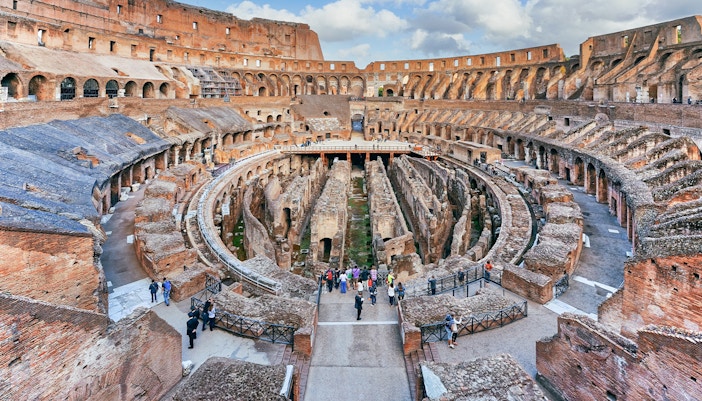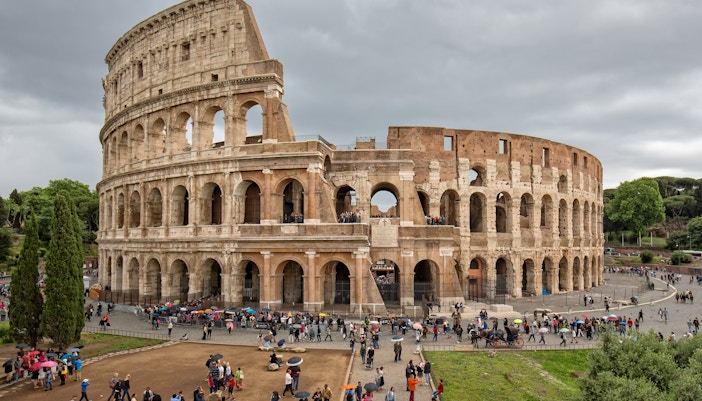Domus Aurea Rediscovery and Reconstruction
The story of Domus Aurea’s rediscovery dates back to a young Roman in the 15th century who falls into a cleft in Esquiline Hill and ends up in a cave-like structure filled with painted figures. Soon, many young artists flocked to this area and had themselves let down into the cave with ropes tied around them. The Fourth Style frescoes, from the ancient Roman mural paintings, were discovered here and had an electrifying influence on the early Renaissance that had just started in Rome as well as on the Neoclassicism movement of the 18th century. Although these paintings are faded now, they became a revelation of true antiquity.
The pavilion’s discovery induced the slow albeit inevitable process of decay and degeneration as it let moisture into the structure. Heavy rains, humidity and the trees in the parks above the discovery site are adding to the damage as the roots are slowly sinking into the ceilings, walls and frescoes. The excavation of the Golden House properly began only in the 18th century. Another room with frescoes was found in the 19th century which was decorated with a sphinx, centaurs and even panthers.
Domus Aurea Today
Presently, Domus Aurea is one of the most exciting underground attractions in Rome. However, visits are only possible in small groups. The West Wing is a highly visited place where you can tour the Octagonal Room, the Golden Vault and see the remains of frescoes and paintings on the ceilings. Visits to the Domus Aurea are now made even more interesting with VR headsets with narration that can show you reconstructions of how the place actually looked like in ancient Rome.
Continuous efforts of excavation and restoration are going on to this day in the Domus Aurea site due to which visitors are allowed only at the weekends and are required to wear helmets for safety purposes.

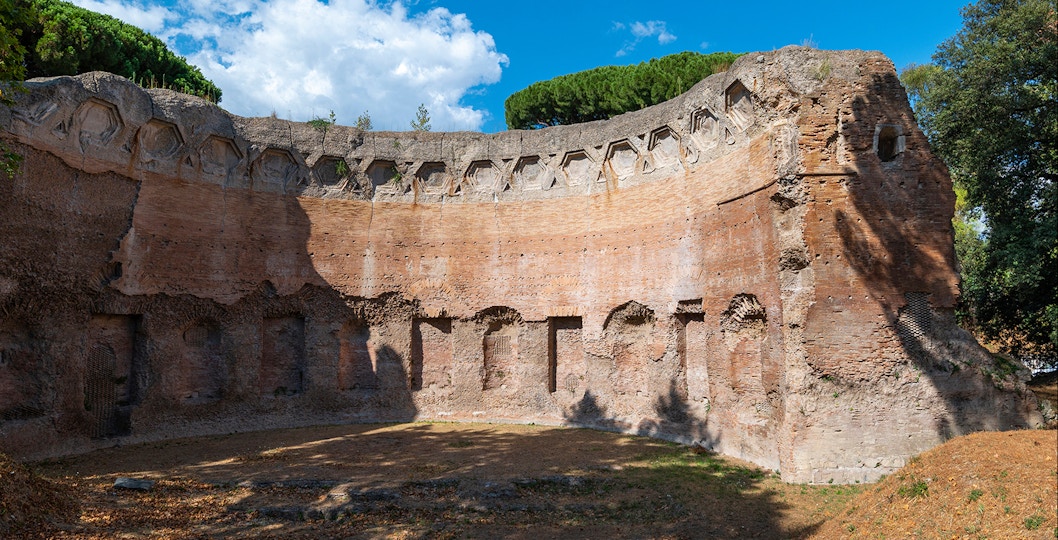
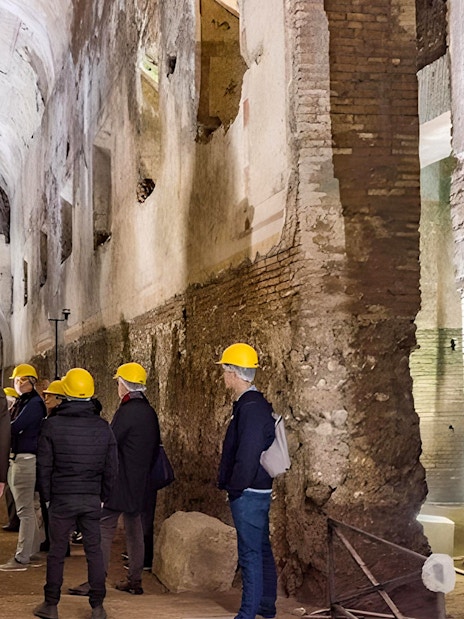
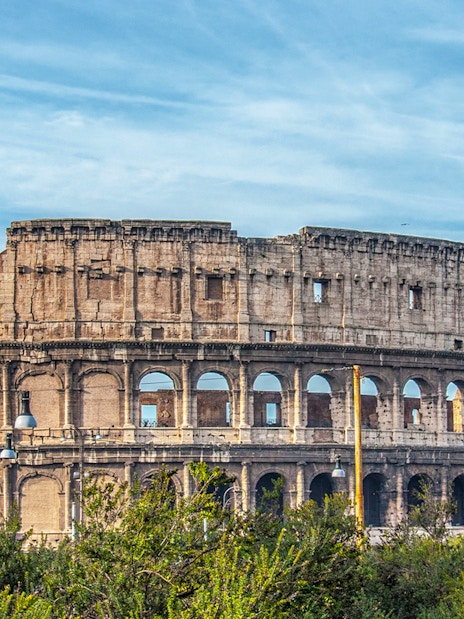
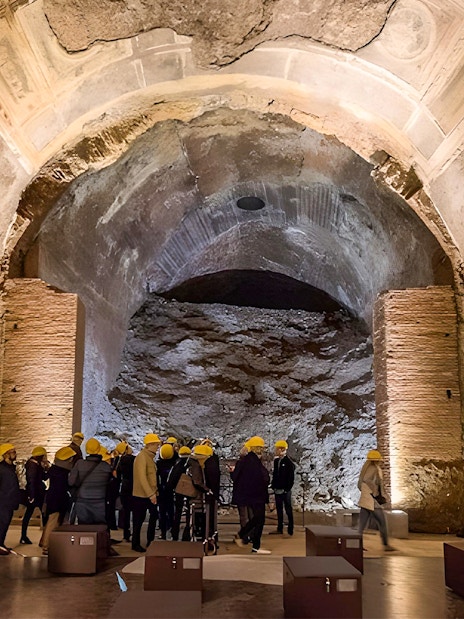
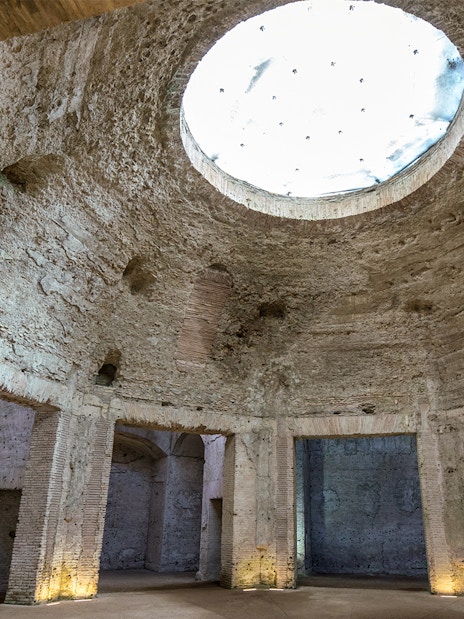
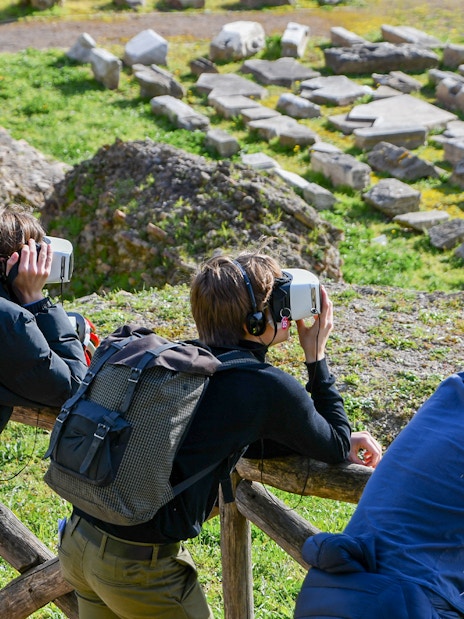
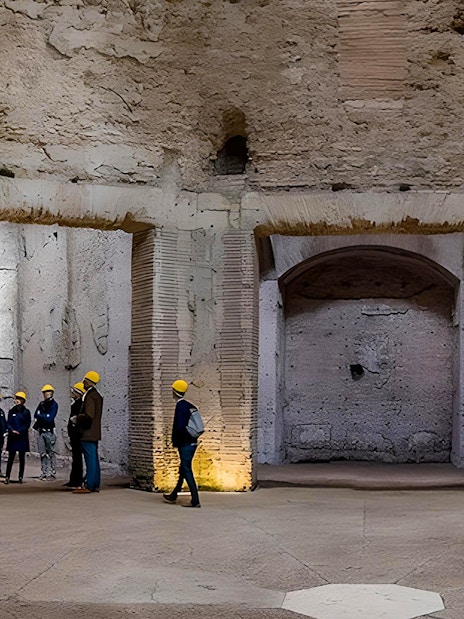
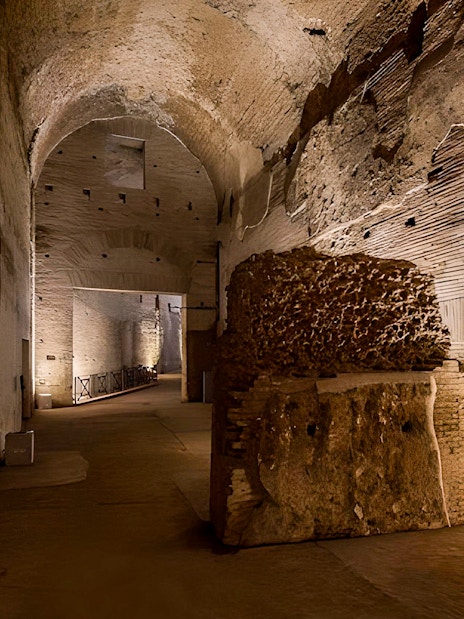
















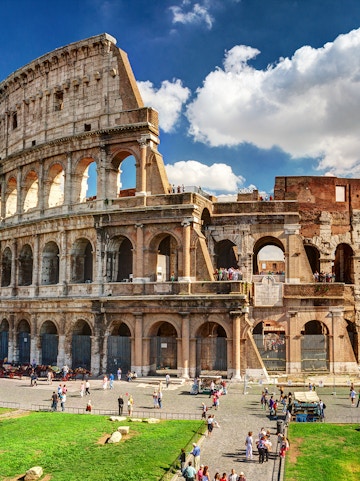
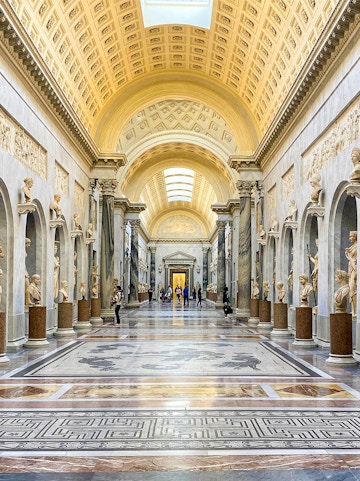
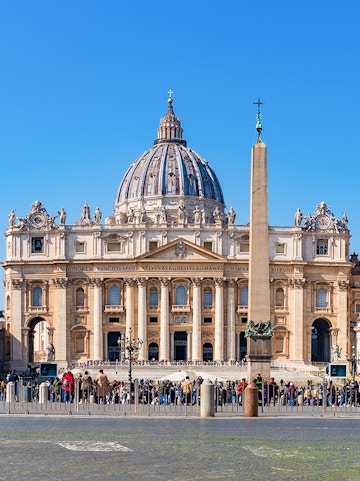
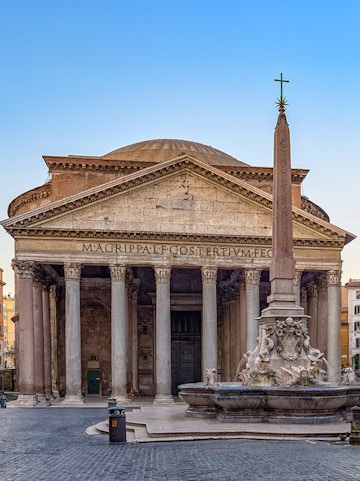
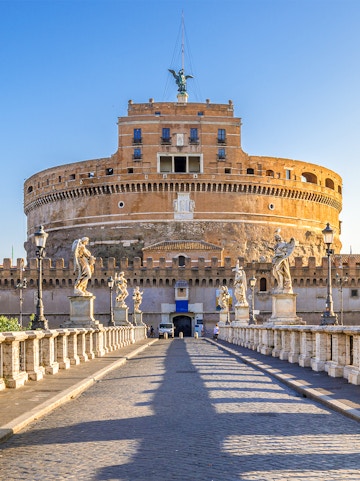
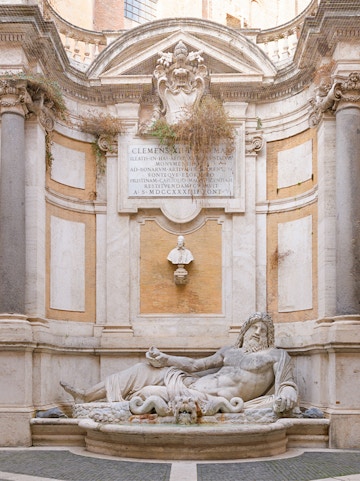
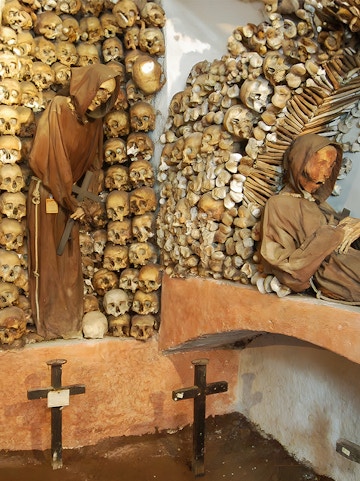
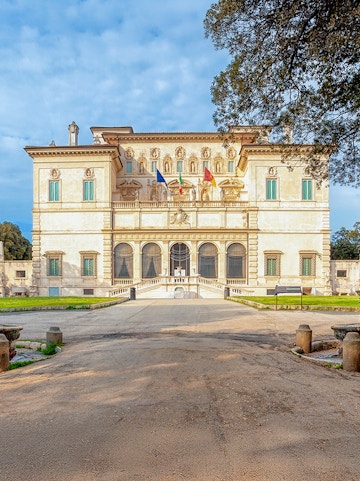
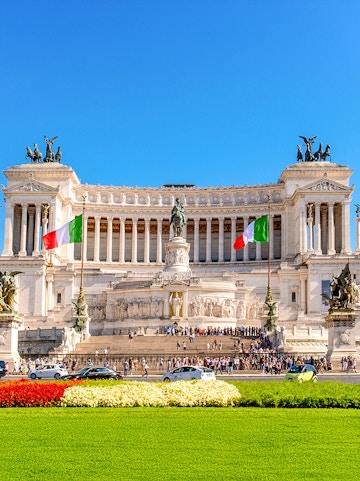
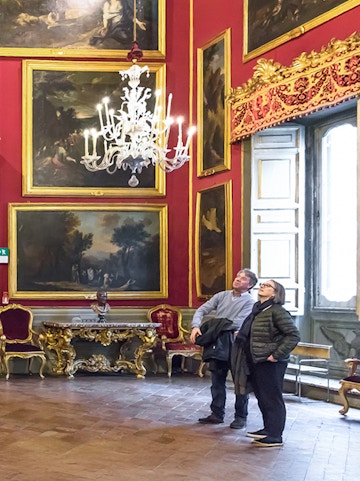



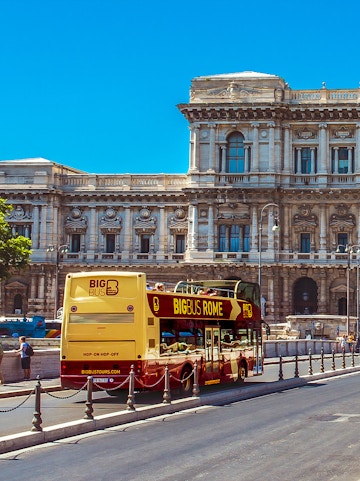
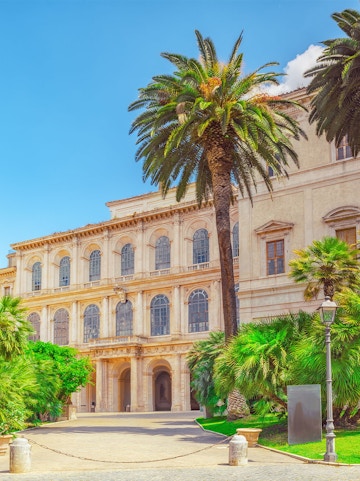
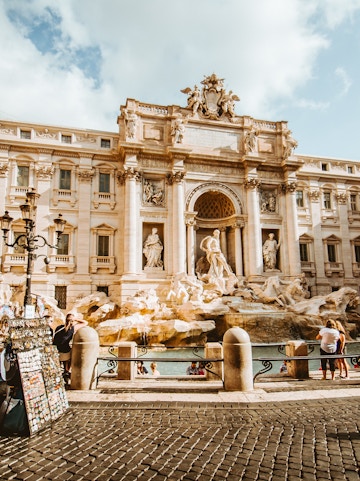
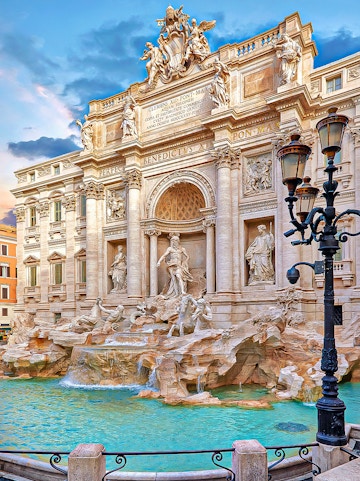
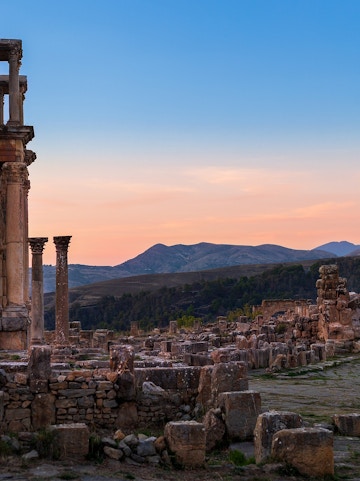
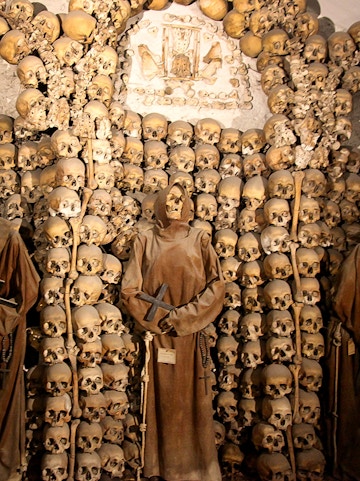
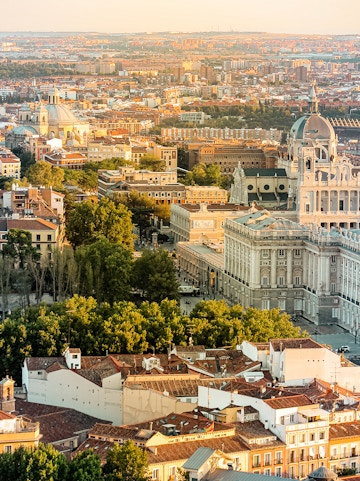
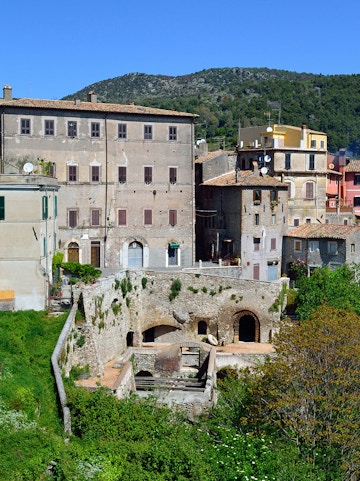
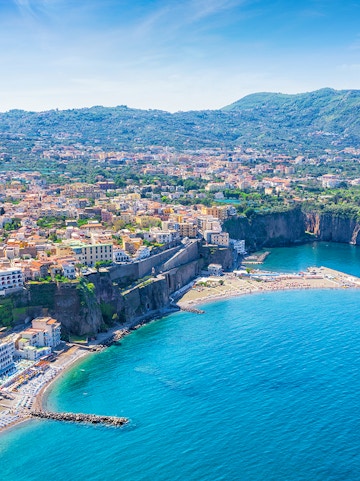
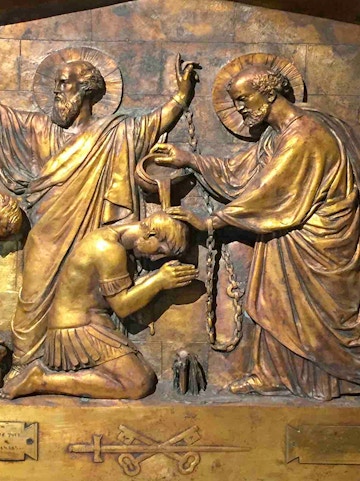
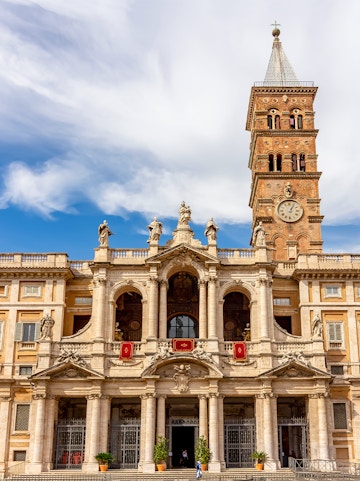





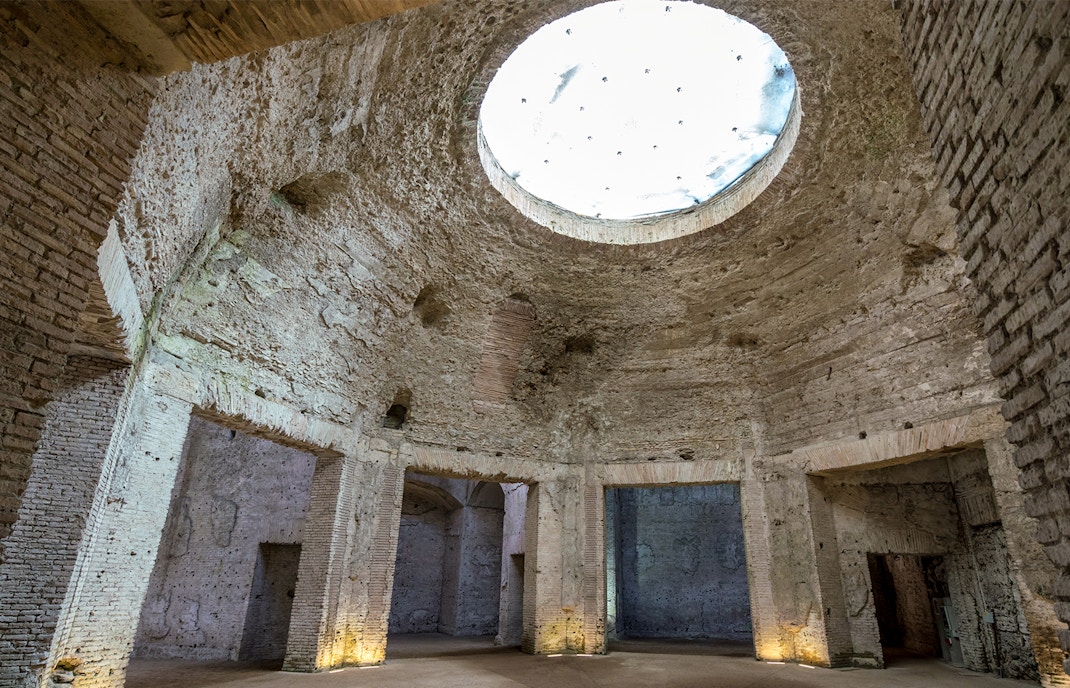
%20Domus%20Aurea.jpg?auto=format&w=1069.6000000000001&h=687.6&q=90&ar=14%3A9&crop=faces&fit=crop)






